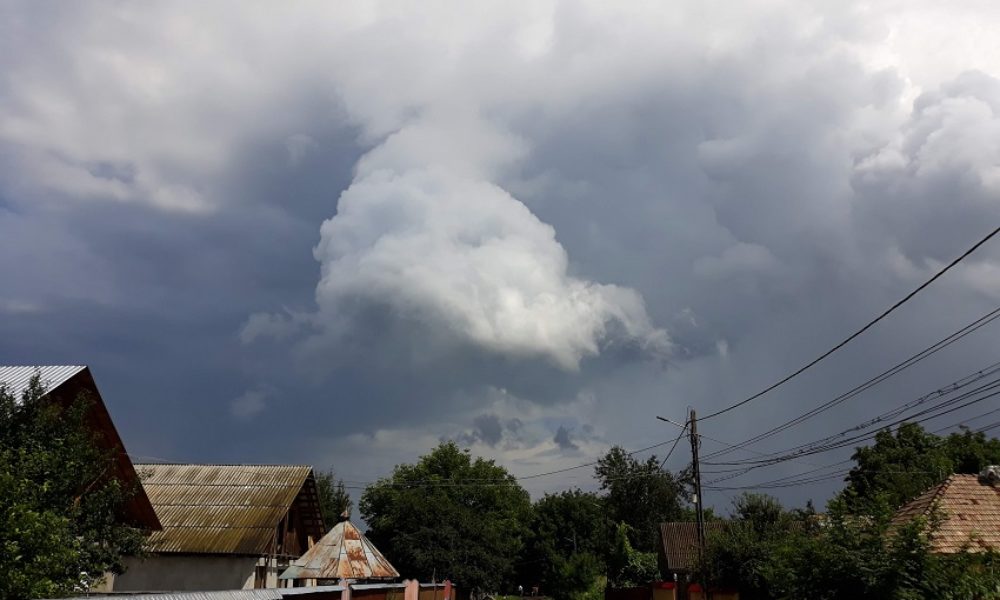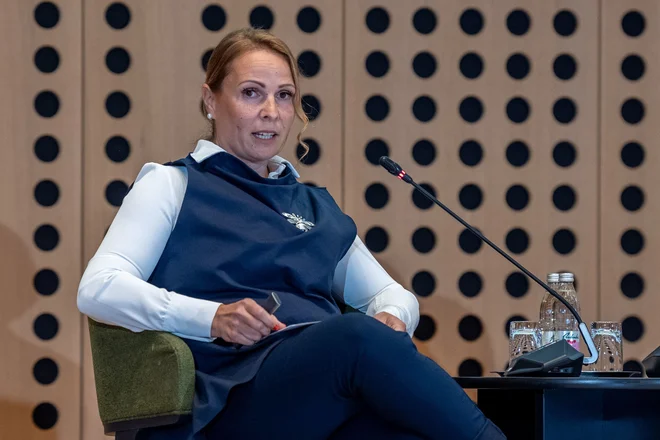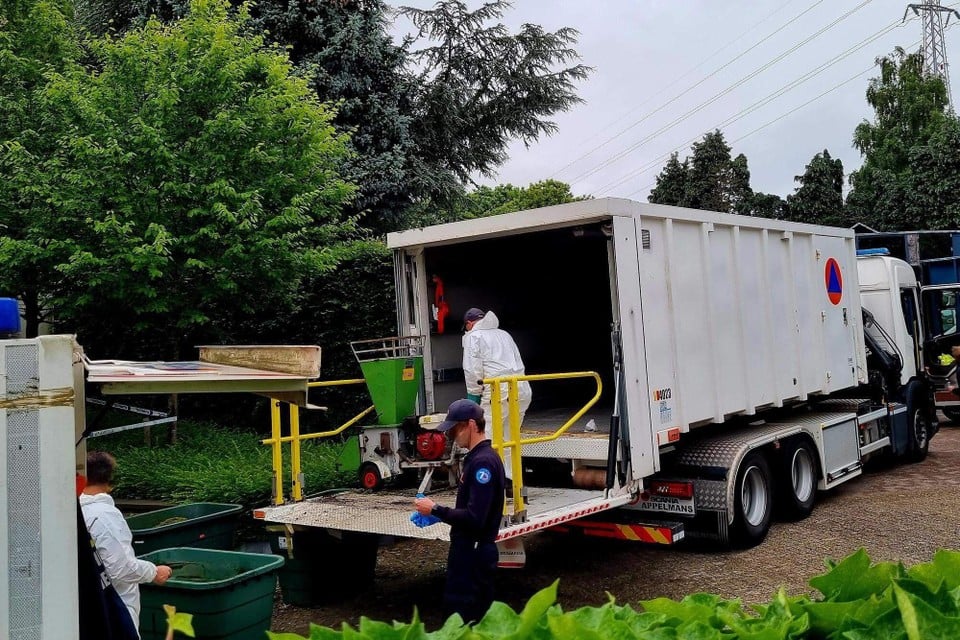Extreme phenomena in the forecast of the first summer month

The last month of the spring of 2025 is the fiftest month in the history of meteorological measurements, with a negative thermal deviation of minus 2.2 degrees Celsius, and the fourth rainy month, with an average amount of 120.6 liters per square meter at national level, said the general director of the National Administration, the National Administration Agriculture ”.
‘May, the last month of spring 2025, who really brought rain, unfortunately had effects through the significant quantities in some areas of the country. The fifth month the coldest in the history of meteorological measurements, with a negative thermal deviation of minus 2.2 degrees Celsius, after May 1991, 1980, 1961. The fourth most rainy month, with an average quantity of 120.6 liters per square meter at national level, after May 1970, 1991 and 2012, and at the regional level of the more rainy month, with a rainy amount of more, 164 liters per square meter, thus exceeding the record registered in May 1991, of 163.2 liters per earth meter. Muntenia – the fourth most rainy month after May 1971, 2012, 1991 and Transylvania, also the fourth most rainiest month after May 1970, 2019 and 1984 ‘, said Mateescu, at the event organized by the Romanian Farmers Club.
According to her, in June it is possible that there are also alternations of very high temperatures and very accentuated thermal discomfort, but also phenomena of particularly accentuated instability.
‘Summer has already debuted with the first meteorological warnings for high temperatures and high thermal discomfort, but at the same time the well -known instability phenomena. A short time ago I issued the first red code of nowcasting for localities in Argeș, Prahova and Dâmbovița counties today. Yesterday we had two more and practically the beginning of the summer, at least the first month, in which, as the estimates show, for the first month this summer it is possible to continue in the same note – alternations of very high temperatures and very accentuated thermal discomfort, but also phenomena of instability, so that we consider that the phenomena are in the extreme.
Elena Mateescu proposed to the Romanian farmers’ club that, together with ANM, to carry out an analysis on the agrometeorology data.
‘Because you have spoken of the proposal to ensure two important phenomena, the drought phenomenon and the burning phenomenon, make the mention that the thermal risk threshold for agriculture in the analysis of the agrometeorological burning phenomenon is 32 degrees Celsius. We analyze this threshold within the measurements made in the national specialized network of the National Meteorological Administration, by the number of days from June – August, but also by intensity, ie the amount of burning units greater than 32 degrees during this period. I would not only propose drought and burn, as phenomena of calamities with severe impact in agriculture, taking the example of this year and not only, when extended regions of Moldova, Muntenia and Transylvania have been affected, to try to analyze the floods. We are facing large quantities over short sequences, which can affect at the regional level, and observe this significant variability every season or every year. Even though it rained a lot in May in this part of the country, unfortunately in the western half we still need water, especially on the soil profile 0-100 cm, but also in the southeast of the country, in the Dobrogea area. That is why, perhaps an analysis together with the specialists from the Romanian Farmers Club, attended by the National Meteorological Administration, through the agrometeorology data, would be beneficial for a partnership in terms of the future of Romanian farming and in support of Romanian farmers’, she said.
Another proposal of Elena Mateescu to the integrated environmental and climate risk management system was to add the early warning system.
« Without an early warning when talking about managing climatic risks, it is not possible to have an integrated system, » she said.
The Romanian farmers’ club organized, on Thursday, the National Forum for the Future of Agriculture, a meeting dedicated to present the conclusions and to promote the important initiatives resulting from the series of the six regional forums carried out in recent months.








